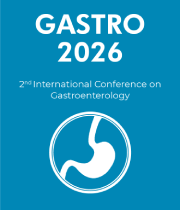Muscle Physiology and Morphology
Muscle physiology and morphology are closely related aspects of the study of musculoskeletal anatomy. Physiology examines the cellular and biochemical processes of muscle contraction, whereas morphology focuses on the physical structure and function of muscles. The shape and size of a muscle, along with its relative strength, are important considerations when considering its morphology. The majority of muscle cells are comprised of myofibrils, which are long, thin strands of contractile proteins. These proteins, called actin and myosin, interact when the muscle is stimulated, producing a contraction. The arrangement of the myofibrils determines the amount of force that can be generated during contraction, and the shape of the muscle determines the direction in which the force is applied. The size and shape of a muscle also influence the speed at which it can contract. Muscles that are long and thin are known as fusiform muscles, and they are able to contract quickly. Muscles that are short and thick, such as the biceps, are known as pennate muscles, and they are able to generate more force but are slower to contract. The specific arrangement of the fibers and myofibrils within a muscle is known as its architecture. This architecture determines the function of the muscle and can provide insight into the type of activities it is most suited for. For example, a muscle with a parallel architecture is more suited for sustained activity, whereas a muscle with a convergent architecture is better for explosive movements. In addition to the structural components of muscle physiology and morphology, there are also several physiological processes that take place within the muscle. These processes include glycolysis, the breakdown of glucose to produce energy, and oxygenation, the transport of oxygen to the muscle cells. By understanding the structure and function of muscles, it is possible to gain insight into the overall physiology of the human body.



